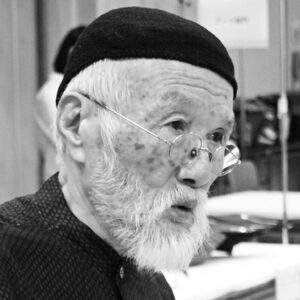Nagatoshi OHNISHI


Nagatoshi OHNISHI (Japan)
Urushi Artist,
Professor Emeritus at Tokyo National University of Fine Arts and Music
It was 31 years ago when the first Ishikawa International Urushi Exhibition was held in 1989, to inform artists of the world of the beauty of Urushi culture, to deepen their understanding, and to contribute to the development of a new kind of Urushi art. In those days, Japan had achieved a remarkable economic development. We were in the course of an era when environmental, cultural and economic issues had to be considered from a global perspective. I dreamed about the further development of Urushi culture, the golden age of Wajima Urushi ware, of which Japan could be proud, with some anxiety.
I wonder how much understanding and discernment most ordinary Japanese people had about Urushi culture at that time. Was it a very vague awareness?
The roots of civilization, culture and religion of the people born in Japan and East Asia has been deeply involved in Urushi culture.
This Ishikawa International Urushi Exhibition is not only to showcase competing Urushi artists’ techniques. The Urushi tree grows in the natural world, with the help of its environment, soil, air, geological features, water quality and sunlight. The Urushi sap varies in characteristics due to these features. Those who utilize the sap in their own way, make the most of its characteristics. As a result, each artwork has its own particular quality and that quality becomes the originality of the work.
There is no solid material on earth that cannot be coated with Urushi. Any material can be coated with it. This is its great quality. For Urushi ware, the base materials are important elements. To compare Urushi ware to a human body, the base material is to bones and muscles what the Urushi coating is to clothes and make-up. These materials change according to the preference of each era. The aesthetic sense of the work is based on the harmony between the traditional culture of the group and the artist’s individuality. Thus, they become the characteristics of the era, and that is the objective of this exhibition.
